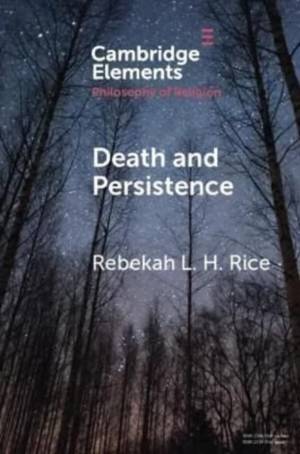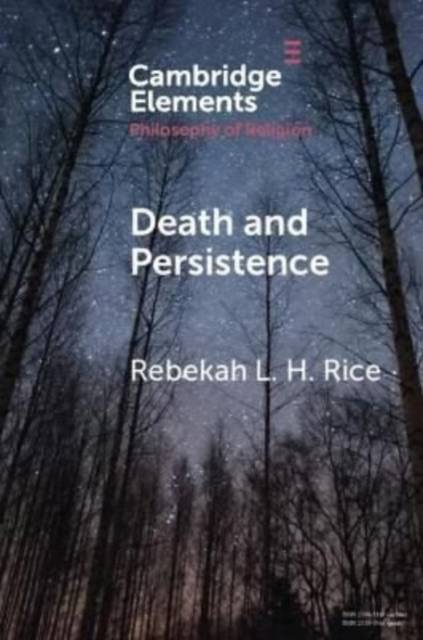
- Afhalen na 1 uur in een winkel met voorraad
- Gratis thuislevering in België vanaf € 30
- Ruim aanbod met 7 miljoen producten
- Afhalen na 1 uur in een winkel met voorraad
- Gratis thuislevering in België vanaf € 30
- Ruim aanbod met 7 miljoen producten
Zoeken
€ 31,95
+ 63 punten
Omschrijving
The idea that physical death may not mark the end of an individual's existence has long been a source of fascination. It is perhaps unsurprising that we are apt to wonder what it is that happens to us when we die. Is death the end of me and all the experiences that count as mine? Or might I exist, and indeed have experiences, beyond the time of my death? And yet, deep metaphysical puzzles arise at the very suggestion that persons might continue to exist following physical death. Indeed, whether, and how, one can exist post-mortem will depend in no small part on what sorts of things we are and on what it takes for things like us to persist across temporal durations and other changes. These topics and their application to the growing collection of materialist accounts of resurrection are the focus of this Element.
Specificaties
Betrokkenen
- Auteur(s):
- Uitgeverij:
Inhoud
- Aantal bladzijden:
- 75
- Taal:
- Engels
- Reeks:
Eigenschappen
- Productcode (EAN):
- 9781108723428
- Verschijningsdatum:
- 12/05/2022
- Uitvoering:
- Paperback
- Formaat:
- Trade paperback (VS)
- Afmetingen:
- 152 mm x 229 mm
- Gewicht:
- 90 g

Alleen bij Standaard Boekhandel
+ 63 punten op je klantenkaart van Standaard Boekhandel
Beoordelingen
We publiceren alleen reviews die voldoen aan de voorwaarden voor reviews. Bekijk onze voorwaarden voor reviews.











